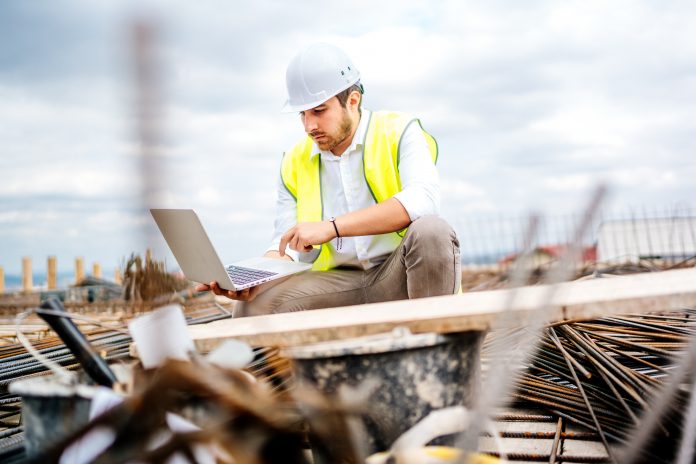Tom Willcock, head of surveying innovation at Hollis explores innovation in data management and how technology in the construction sector is more visible than ever
Although the real estate industry is sometimes seen as behind other industries when it comes to implementing technology, it is becoming ever more visible and necessary. From setting and measuring sustainability requirements, to collecting accurate building data to help asset managers measure operational performance, we’re already seeing the positive impact of technology.
The current pandemic has led to a mass acceleration in the generation and implementation of new technologies across the property and construction sector, as we quickly adapt to a new way of working.
Technology has been key for collaboration on construction projects and keeping projects going, as well as for developing local supply chains.
At Hollis, we have teams of people based in the UK, Ireland and across mainland Europe. Providing a safe working environment for our people, clients, and those that we work with on site, has been paramount. As part of this, digital solutions are more important than ever.
We pride ourselves on leading from the front when it comes to new digital and technology solutions in surveying, and it is our view that property is now very much a data game.
Innovation is all about creating real value
If a new innovation isn’t going to make a marked difference to them and the end user, then it’s not something we would implement. It’s all about delivery and doing things sustainably. It is easy to focus on the short-term technology fixes, but the long-term innovations are also critically important.
Technology is a tool for making important decisions, but people are and still remain fundamental in interpreting and reporting on the data collected. Although there’s a wealth of data already being produced, it can in many cases be difficult to convert this into useful management information.
With restrictions to accessing buildings and sites since the start of the pandemic, we have accelerated our use of drones and introduced 360 cameras to capture a wide range of visual imagery and video.
The virtual walk-throughs of property assets help allow inspections to be undertaken remotely. Drones have enabled our team to continue to survey buildings and keep projects on track.
The high-resolution cameras utilised, both on drones and terrestrially based, capture incredible detail. The data helps clients and surveyors to visualise sites, as well as help to identify and better determine the extent of building maintenance issues.
Clients can host and retain the data, and the data can be tagged and overlaid with documentation, e.g maintenance and product information. The technology also provides the functionality to create interactive layout drawings, providing great visual aids.
Going further than that, in August we launched our virtual due diligence service. Through an online data hub, buyers, sellers and asset managers can view a building before, during, and after transactions, while at the same time having access to all necessary technical due diligence information and risk areas. The data hub can also be updated after purchase so that the new owner has a complete and up-to-date record with everything, such as project information, lease plans and licences for alteration, in one place.
With the need to keep transactions moving in an increasingly digital world, this virtual solution provides a simple and accessible way for clients to review technical due diligence virtually, allowing a seamless transaction process from anywhere in the world. The data can be used as an ongoing asset management tool, and can be assigned to different parties throughout the lifetime of the building.
The new service saves both time and money by limiting the need for multiple teams to go on site, enabling quick inspection times and strengthening the oversight of a building.
The future of technology
Real estate companies are ploughing more capital than ever into new technology for cost and time efficiencies, delivering faster and better results to their clients. But, the future lies in technology that solves real problems. As we move further into this new decade, data-set integration and looking to digitise products will play key roles in transforming the way the property sector operates.
We are seeing greater advancements in virtual reality technology, with the increasing camera quality and ability to capture data, and there is a lot of scope for artificial intelligence.
In the not so distant future, when you’re selling a building, investors are likely to want to see all of the data that is associated with that building, in order to better understand what the building is truly worth to them. It becomes packaged up into the whole lifecycle of the property.
The business benefits and the opportunities of data have become enormous. To ensure the right balance between technology and people, we require a new type of real estate professional. Surveyors and engineers are having to learn new skills in order to adapt to this shift. Universities, where budding surveyors are being trained, will need to be more focussed on how data is managed, using AI and machine learning, which we can already see in the workflows of surveyors and engineers.
We’ve got to avoid ‘Blockbusters’ moments within any industry, having disruptor awareness is important. Firms in the property and construction sectors need to be aware of what is happening, what is changing, and adapt quickly to stay on top.
Tom Willcock
Head of Surveying Innovation














